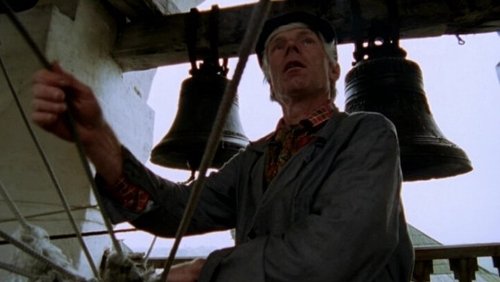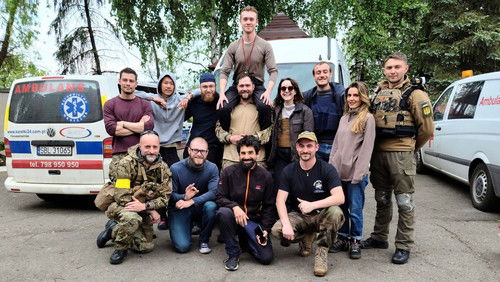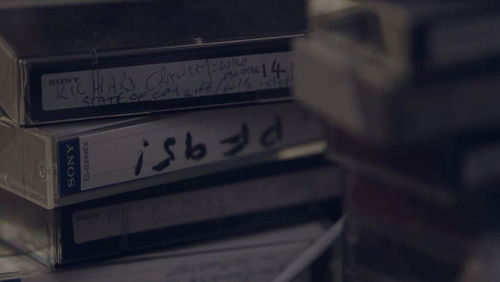Pesn o geroyakh (1932)
5KPesn o geroyakh: Directed by Joris Ivens. Soviet solidarity is strong in Germany where the Communist Party (KPD) marches under the clenched fist in spite of police harassment… Radio broadcasts reach all parts of the Soviet Union, including Magnitogorsk. On the steppe near the city, a family of nomads lives in their yurt. The father hears blasting: iron ore for the steelworks. Crushed ore and coke yield molten steel for the ladle. Stop-motion animation shows the bountiful tractor and freight car output of the future… A new blast-furnace is under construction. Accepting jobs at the site are women, ethnic minorities, and the nomad. An English-speaking engineer supervises; a young riveter learns his trade from an old hand… In the Kubass region, miners labour to produce the coal which becomes coke in Magnitogorsk… At last the blast-furnace is complete. Workers celebrate. A cheerful patriotic song is sung. Steel pours forth. The new day reveals a finished plant.
“A fascinating, powerful and stirring ode to Industrialization as an entity, a living wave driven by enthusiasm and will of the Komsomol (youth organization).u003cbr/u003eu003cbr/u003eOf course, there were other sides to the building of Magnitogorsk industrial area. After all, a good deal of workers there were forced labor, convicts, many of whom were tried as generally unfit for society, using the broad-defined 58-1 article of the Criminal Code.u003cbr/u003eu003cbr/u003eBut Ivers looked for the force, the wave, the vibe of the ultra-fast and ultra-fierce Industrialization. And he managed to show it here.u003cbr/u003eu003cbr/u003eThe images are straightforward yet powerful, and do not feel outdated. Mind you, itu0026#39;s 1932, so torch processions werenu0026#39;t a Nazi trademark yet, and the expressions u0026quot;storm troopsu0026quot; who u0026quot;stormu0026quot; the obstacles were associated only with the bold heroes of WWI and Civil war.u003cbr/u003eu003cbr/u003eItu0026#39;s a pity that English subs in the rip I found on internet are lacking. For most of the film text is optional… But the intense song that ends the film, subs are way off (lyrics are way better and thereu0026#39;s more of them). And they say that the multi-national crew of this film (including avant-garde poet Tratyakov who composed the lyrics) sometimes got drunk in their shack – they lived alongside simple workers – and sang this song all night long.u003cbr/u003eu003cbr/u003eSo this is a must-see for anyone who watches Russian and Soviet early cinema; if youu0026#39;ve seen Stachka, Man with a Movie Camera or Battleship Potyomkin, you better see this film (itu0026#39;s known in Russia as An Ode for the Heroes) and Old And New (General Line) by Eisenstein.u003cbr/u003eu003cbr/u003eps:i watched this in VGIK, the main movie school of Russia. therefore a big disappointment with lyrics.”









